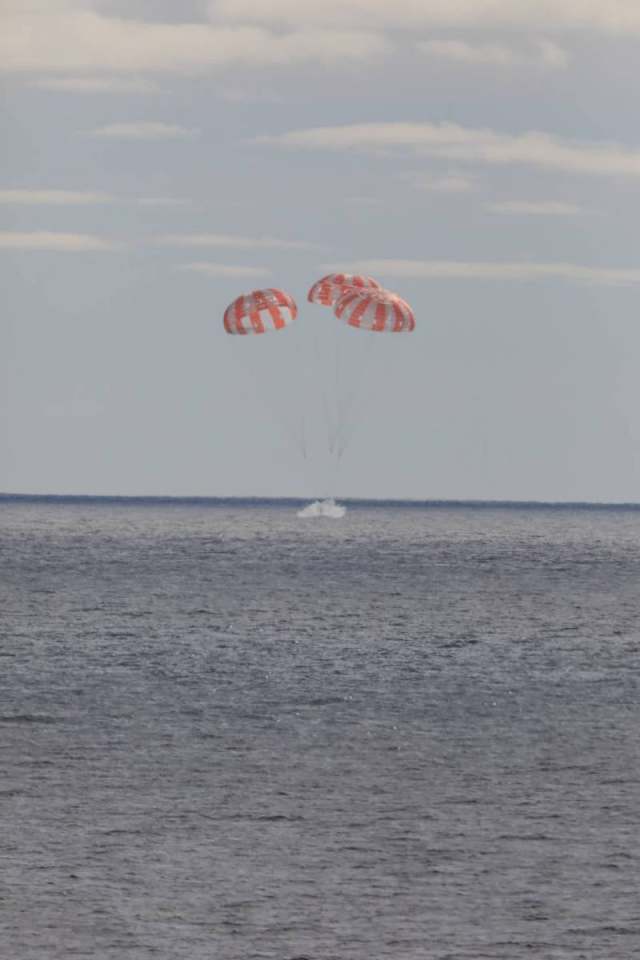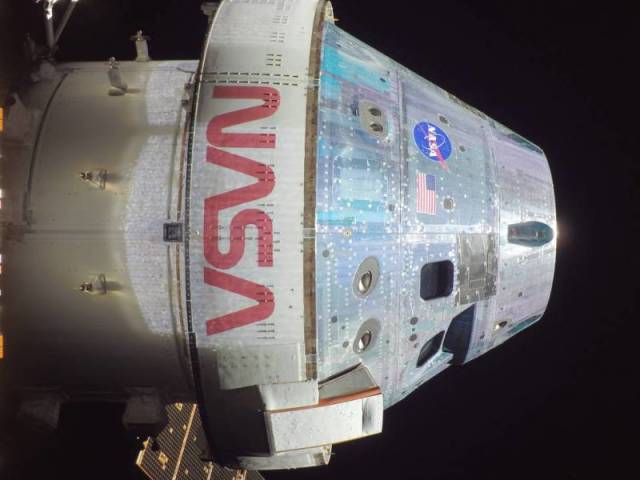
Image source: topwar.ru
NASA's new Orion capsule returned from lunar orbit on Sunday, December 11, 2022, landing in the Pacific Ocean, near Mexico, and thereby completing a test flight. This mission was supposed to pave the way, so to speak, for astronauts during the next flyby of the moon.
The incoming capsule entered the atmosphere at 32 times the speed of sound and withstood a temperature of 2760 degrees Celsius before landing near the island of Guadalupe. A US Navy ship has arrived to take on board the spacecraft and its passengers – three test dummies equipped with sensors and radiation monitors.
It is reported about the participation of technologies of Israeli developers in the development of radiation protection suits for space explorers, emergency services, defense forces, nuclear scientists and medical personnel.
As part of the Artemis I unmanned mission, StemRad evaluated the protective qualities of AstroRad, an anti-radiation suit developed jointly with Lockheed Martin to protect astronauts' vital organs from gamma radiation. The suit was placed on a mannequin on board the Orion.
NASA's Orion spacecraft flew near the moon for the first time on December 5, 2022. Although none of the people participated in the $4 billion test flight, NASA managers were pleased with the dress rehearsal, especially after so many years of flight delays and budget shortages. Fuel leaks and hurricanes led to additional postponements in late summer and fall of this year.
The Space Agency needed a successful landing so that there would be an opportunity for the next Orion flight around the Moon, which is scheduled for 2024. The flight will be made by four astronauts. This will be followed by the landing of two people on the moon in 2025.

Image source: topwar.ru
The main task of NASA was to return the Orion safely after a 25-day flight. At a high rate of rotation – significantly higher than when approaching from low Earth orbit – the capsule used a new advanced heat shield, never before tested in space flight.
Orion twice approached the moon at a distance of 130 kilometers. The farthest point of the capsule's orbit was at a distance of more than 430,000 kilometers from Earth. The device covered a total of 2.25 million kilometers.
